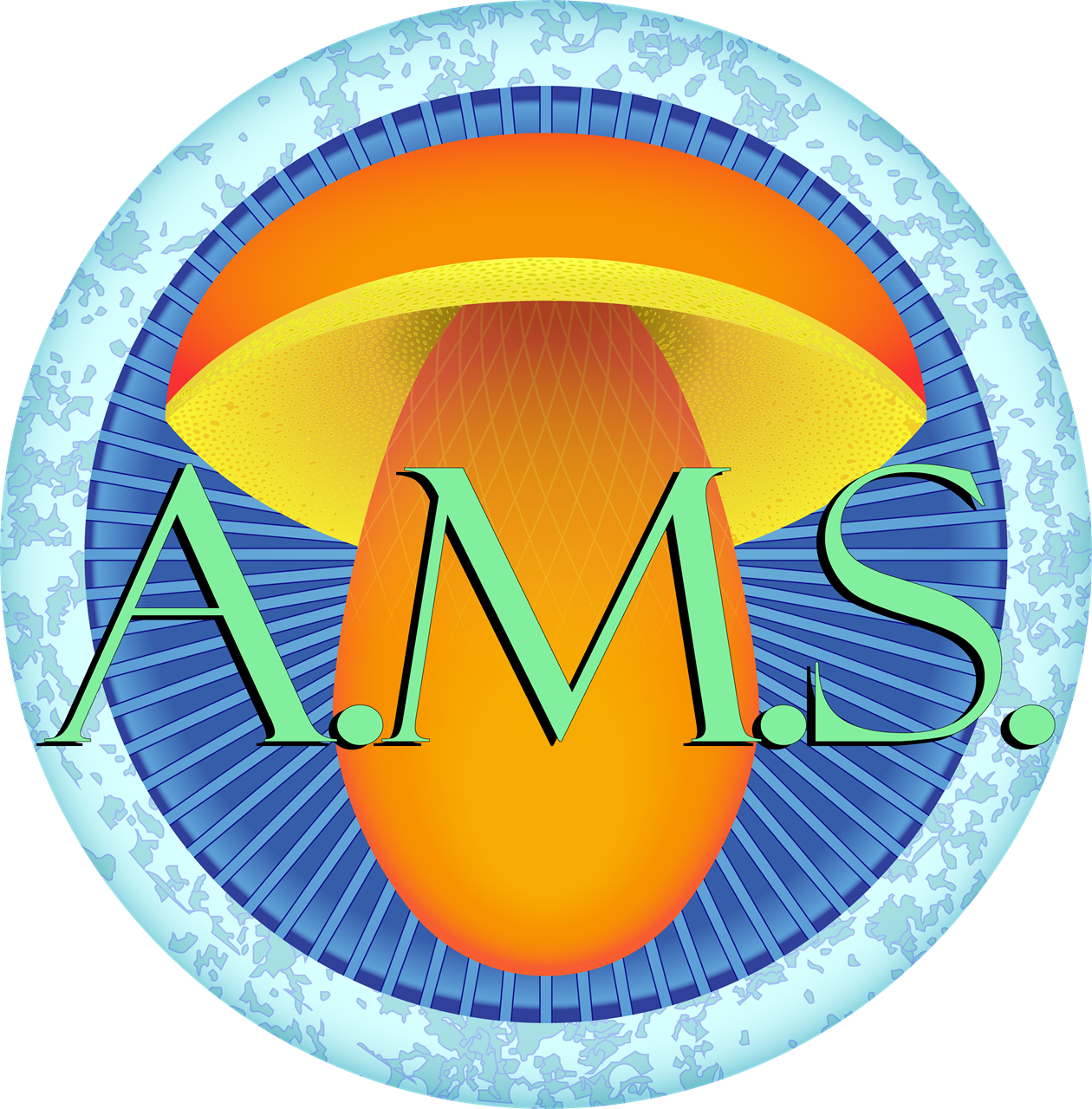
This section is a quick explanation of some of the identifying characteristics of Hericium species erinaceus, coralloides, and americanum which fall into the taxonomic family Hericiaceae.
As with all of these pages, they are NOT intended to be used as a key or diagnostic tool, but a guide of basic identifying characteristics so that you can make informed decisions and easy-access to other, more detailed resources.
Hericium Species- Lion's mane/Bear's Head tooth

Teeth | Hericium erinaceus
| Hericium coralloides/americanum Rather than forming a ball, these two form branched structures from which the teeth hang. H. coralloides typically has teeth .5-1cm in length while H. americanum has teeth that hang a longer .5-4cm in length and sometimes looks shaggier. Both are edible. Photo by Cyndee Helms |
Distinct Teeth From Omnibus Structural Core Rather than forming a ball, these two form branched structures from which the teeth hang. H. coralloides typically has teeth .5-1cm in length while H. americanum has teeth that hang a longer .5-4cm in length and sometimes looks shaggier. Both are edible. Photo by Cyndee Helms | Saprobes
Hericium are saprobes, consuming the dead or dying wood of hardwoods (though they aren't picky). Look up to find them. |
Look A Likes |
|
Please remember to seek other sources for confirmation before consuming any wild mushroom





